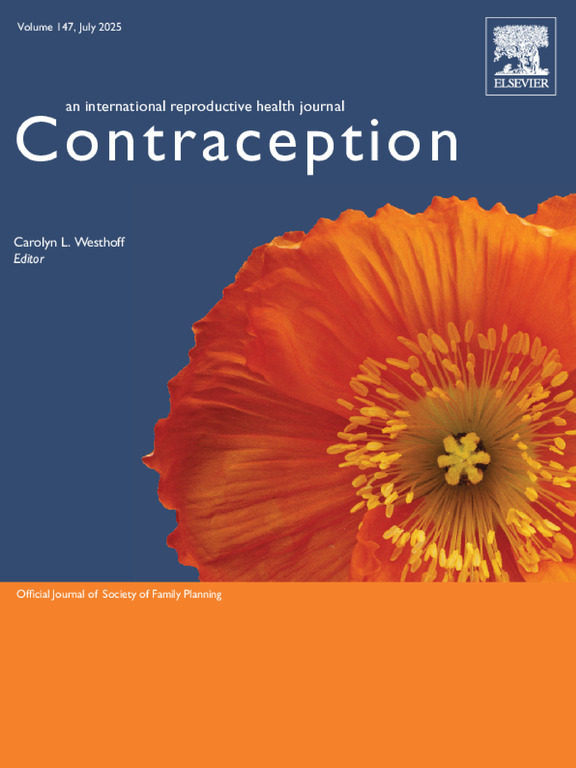More than 20 years after publishing a letter saying a set of papers should be retracted — and PubMed marking them as such — the journal has finally retracted the articles, following a Retraction Watch inquiry.
Let’s back up.
In 1998, the journal Contraception published a supplement with six articles on Implanon, a subdermal contraceptive implant. The papers examined the implant’s pharmacodynamics and side effects. The next year, the journal published two clinical studies of the implant, one on its effectiveness as a contraceptive and the other on its effect on lipid metabolism.
Those two studies took place at centers in Jakarta, Indonesia. Some of the study data published in the supplement also included patients at those centers.
In 2004, Contraception, the journal of the Society of Family Planning and published by Elsevier, published a letter to the editor about an audit of the clinical studies conducted in Indonesia. It found “incorrect data” had been included on case report forms, which were in turn included in the databases for some of the studies. As a result of the audit, study investigators and the sponsoring company, NV Organon, “jointly concluded that the results of these studies cannot be considered valid and that the publications of the results should be retracted.”
What happened next is a bit of a guess: The journal probably linked the papers to the letter to the editor when indexing it for PubMed, and marked them as retracted articles in the indexing file. At least, that’s how they show up in the PubMed entry for the letter. But the journal didn’t take the step of retracting the articles at the time, so they remained unmarked on the Contraception website.
Our research director Alison Abritis found the disparity in 2024, and wrote to the journal’s editor-in-chief detailing the issue. Over a year later, on May 19, she heard back from a publishing ethics expert at Elsevier, who told Abritis, “We have ascertained that PubMed/PMC wrongly picked up” the letter to the editor “as a retraction notice. Sadly, the journal delayed the retraction of the articles, which is however now complete.”
The journal published retraction notices for all the papers on May 30.
Collectively, the eight papers have been cited a total of 452 times, according to Clarivate’s Web of Science. Of those, 329 citations are from 2005 onward – after the publication of the letter to the editor stating the articles should be retracted.
We followed up with Elsevier to ask for their take on why the papers hadn’t been (officially) retracted and how they might have ended up marked as such in PubMed. An Elsevier spokesperson told us by email:
The journal received an enquiry from the Retraction Watch director in April 2024, thanks to which the case was referred to Elsevier’s Research Integrity & Publishing Ethics team. Research integrity, a collective challenge facing the whole academic publishing world, is of the highest priority to Elsevier. When these matters come to our attention through our own extensive screening, and occasionally via external parties, we act appropriately. These papers have now been retracted, and we continue to investigate the exact reasons for this very rare occurrence.
The papers represented more than 6% of 2004’s total retractions, according to the Retraction Watch Database. Based on the number of retractions in recent years, they will represent around 0.1% of this year’s total.
Like Retraction Watch? You can make a tax-deductible contribution to support our work, follow us on X or Bluesky, like us on Facebook, follow us on LinkedIn, add us to your RSS reader, or subscribe to our daily digest. If you find a retraction that’s not in our database, you can let us know here. For comments or feedback, email us at [email protected].

Solid title. It nicely summarizes what’s wrong with scholarly publishing and what’s right about open/informal peer review.